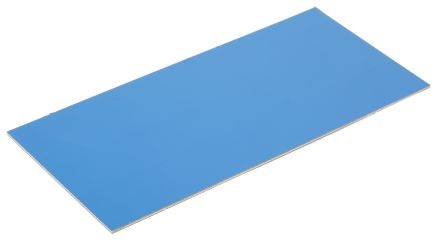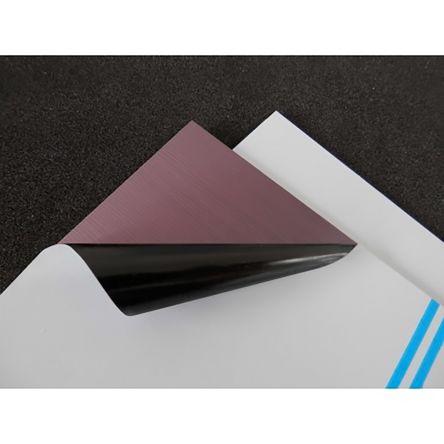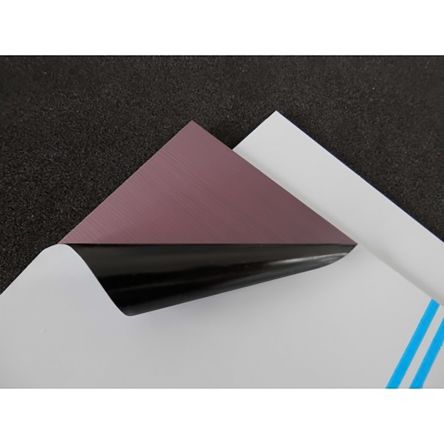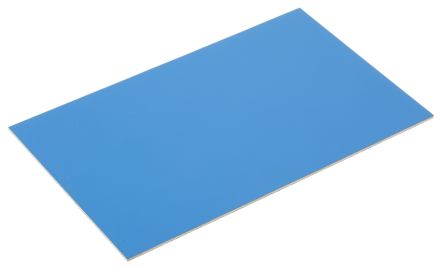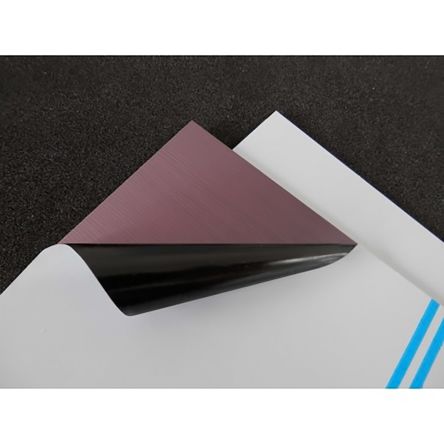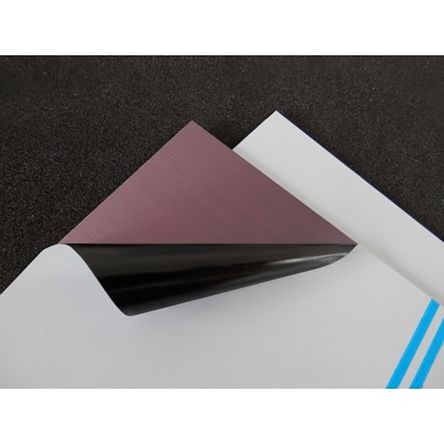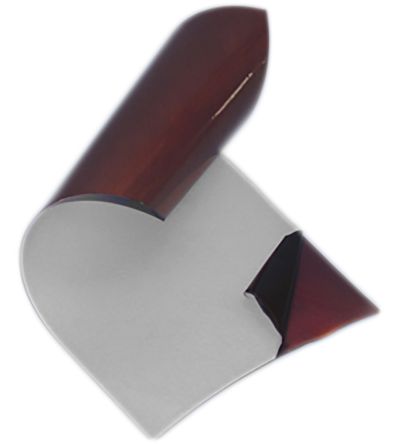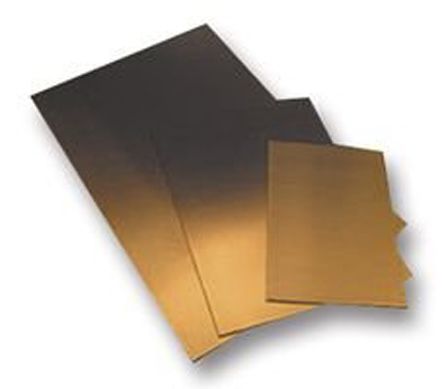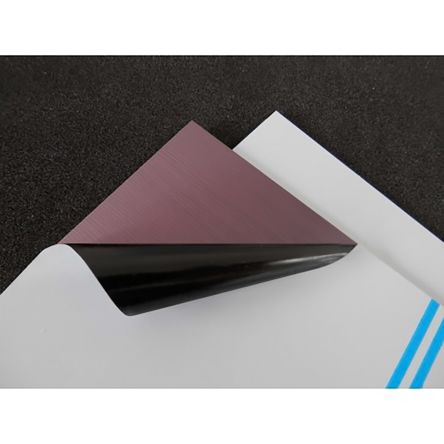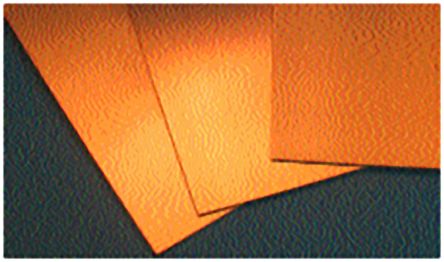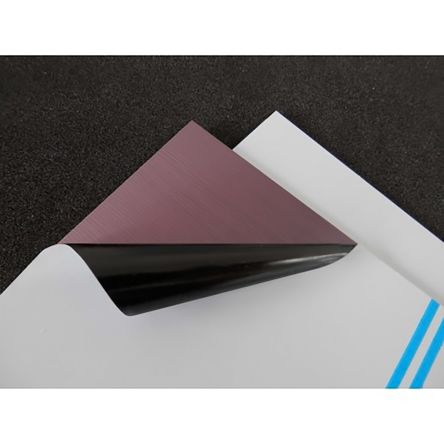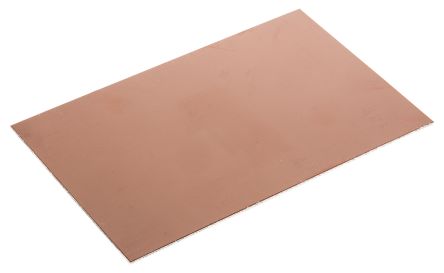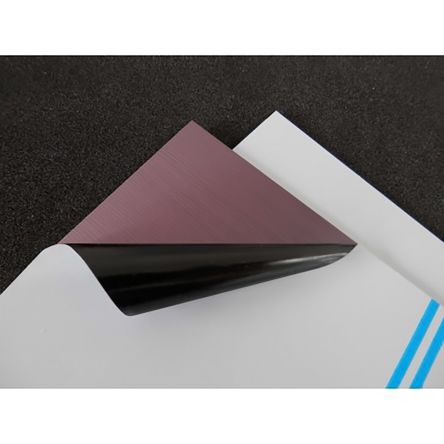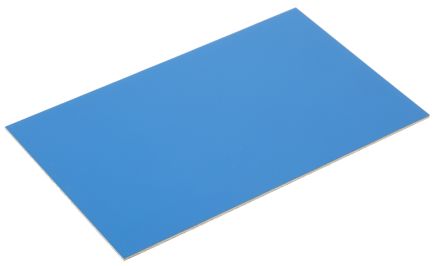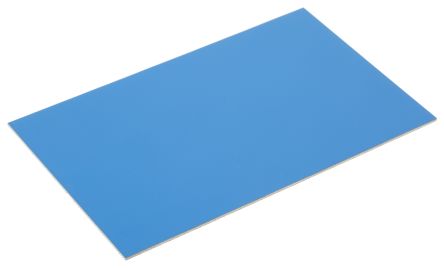- Automation & Control Gear
- Cables & Wires
- Enclosures & Server Racks
- Fuses & Circuit Breakers
- HVAC, Fans & Thermal Management
- Lighting
- Relays & Signal Conditioning
- Switches
- Batteries & Chargers
- Connectors
- Displays & Optoelectronics
- ESD Control, Cleanroom & PCB Prototyping
- Passive Components
- Power Supplies & Transformers
- Raspberry Pi, Arduino, ROCK, STEM Education & Development Tools
- Semiconductors
Copper Clad Boards
There are a variety of materials manufacturers use for the cladding of PCBs. Despite this, copper remains manufacturers' top choice for cladding PCBs.
Electronics with high densities have serious heat dissipation problems. Using copper for this purpose is ideal due to its good conductivity. Aside from this, plain copper board protect a number of electronic devices from overheating.
Copper Clad Boards
With its high conductivity and low resistance, Copper Clad has been a preferred material for a wide range of wiring applications for a very long time, and it seems there will be no end to its use in the future. Sadly, there are a lot of factors to consider when choosing the right Copper plating product, especially when it comes to heavy copper PCBs for your projects. Fortunately, you don't need to worry since this guide covers everything you need to know about copper clad boards.
What are Copper Clad Boards?
A Copper Clad Board is a type of printed circuit board (PCB) that has a thin layer of copper foil laminated to one or both sides of a non-conductive substrate. The copper foil is etched to create the desired circuit trace pattern.
The copper-clad soak in resin, combined with the glass fibre or other reinforcing material makes the board base for printed circuit boards (PCBs). The PCB industry commonly uses copper on these clad boards, due to its excellent conductivity and ability to transmit signals without losing any power.
Boards an ideal choice for applications where weight is a critical factor, such as in aircraft and satellites. Copper clad boards offer incredible advantages to those looking for electrical insulation and reliability. Their inherent durability surpasses many other forms of circuit board materials due to their strength and robustness.
Copper Clad Boards also have many benefits over traditional PCBs. The most notable benefit is that Copper Clad Boards are much easier to fabricate than traditional PCBs. This is because the copper foil can be easily etched using standard PCB manufacturing techniques.
Another benefit of Copper Clad Boards is that they are much more resistant to electromagnetic interference (EMI) than traditional PCBs. This is because the copper foil provides a barrier that prevents electromagnetic waves from penetrating the substrate.
What is a copper ink resist board?
Copper Ink Resist Board is a durable and reliable substrate for printed circuit boards, featuring tight manufacturing tolerances and excellent fabrication properties. These boards are a great way to create beautiful and intricate designs with the help of a few simple tools.
The process starts with a copper-coated board, which is etched with an adhesive resist. Once the resist is applied, the board is then printed with a special type of ink that will resist the etching. The key to success when using copper ink resist boards is to use quality materials and take the necessary time to properly prep and apply the resist.
Specifically designed for use with plated through-hole technology due to its high reliability, anti-corrosive properties and dielectric performance.
Copper Ink Resist board also offers an effective insulator layer that prevents any connection between the various tracks on the printed circuit boards from becoming compromised during fabrication or end-use conditions.
